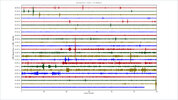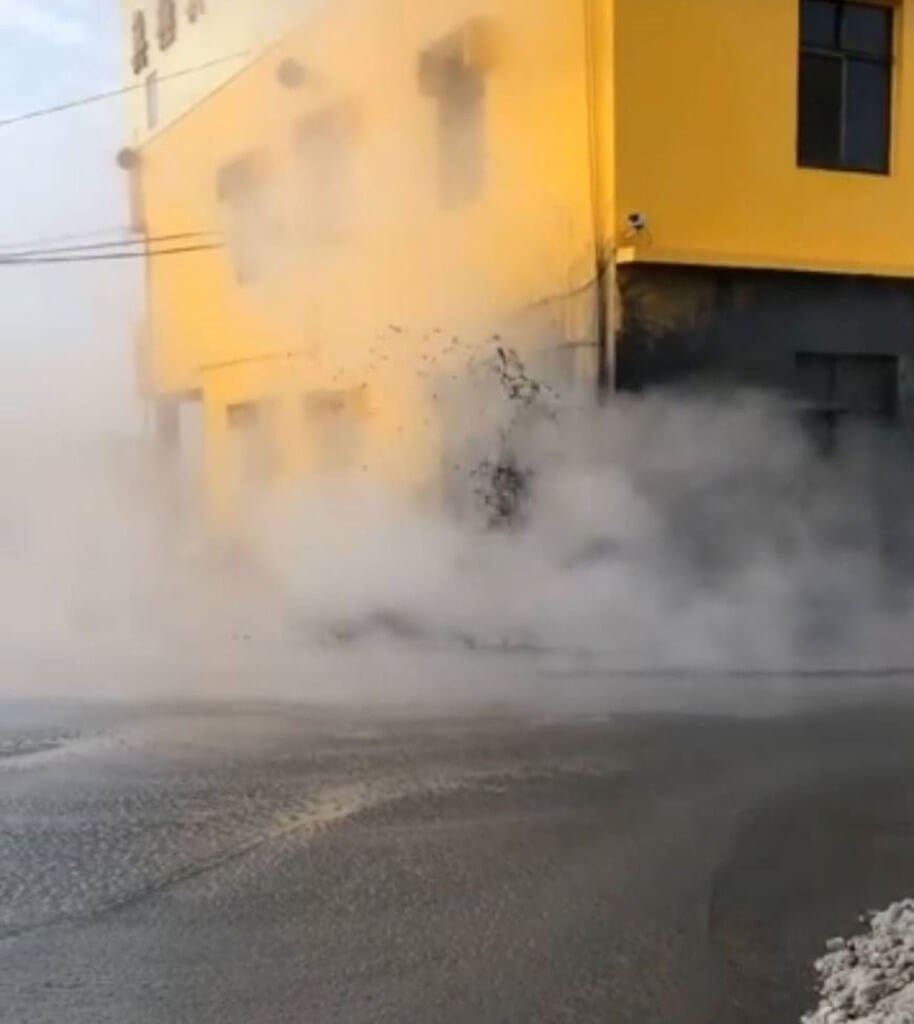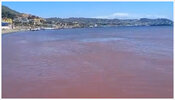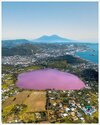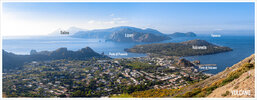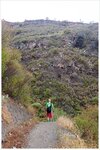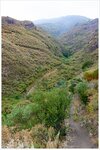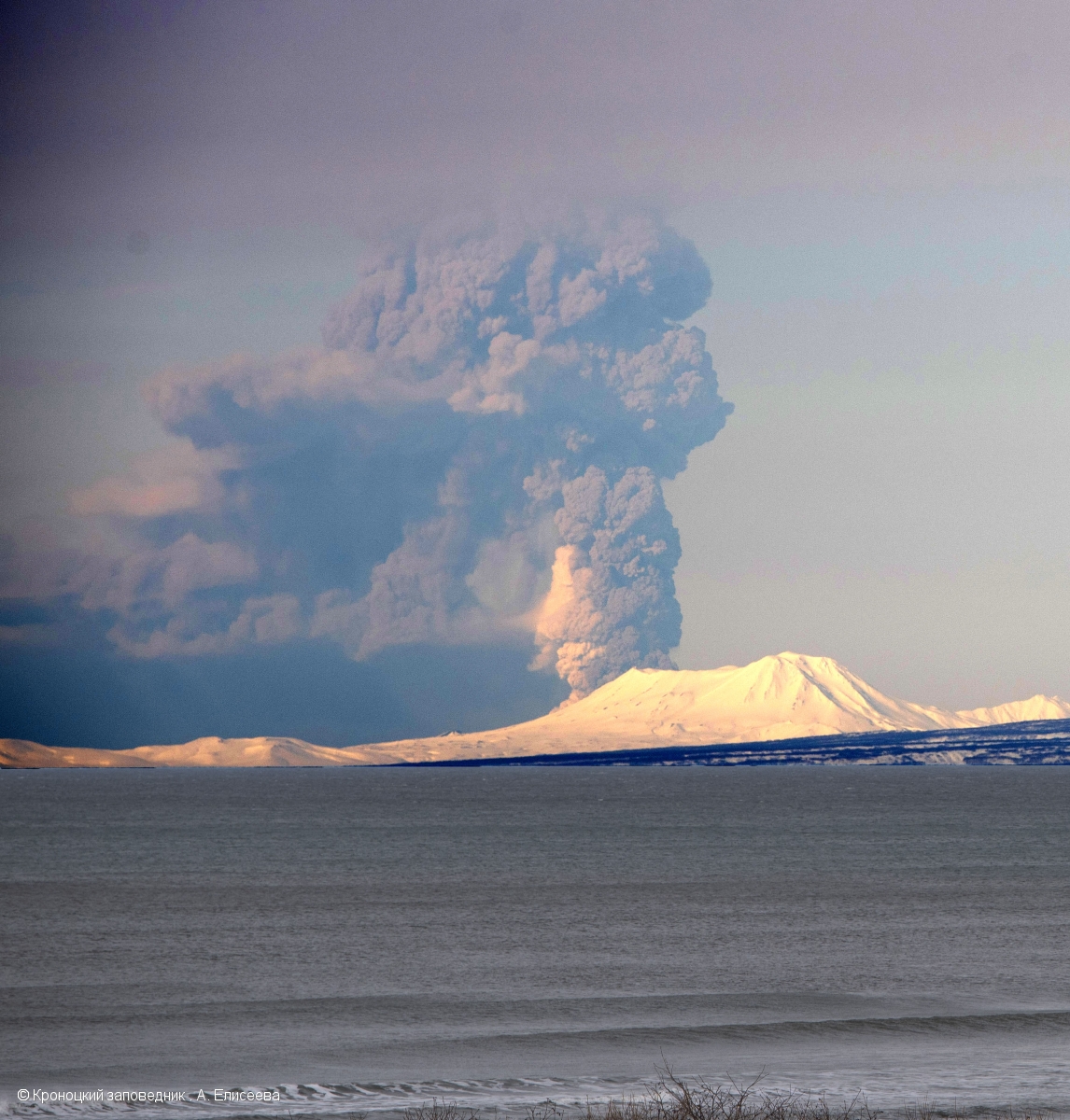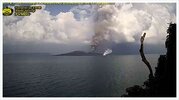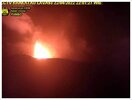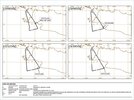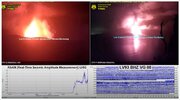XPan
The Living Force
Vulcano, Aeolians Islands - Sicily, Italy
6 April 2022
I file this entry about the earthquake unrest at Vulcano under volcanoes, instead of earthquakes.
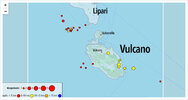
 Vulkane.net writes:
Vulkane.net writes:
Seismicity increased significantly on Vulcano
There were other earthquakes in the area of the Lipar island of Vulcano. Most of them manifested themselves in an arc near the isthmus between Vulcano and Lipari and had low magnitudes. Yesterday there were 11 quakes, which is already a considerable number for Vulcano. Since the beginning of the crisis in October last year, INGV has never had so many quakes in such a short time, although local VLP quakes (frequencies below 1 kHz) do not appear there anyway. Their number was significantly lower last week than at the beginning of the crisis. Apart from that, the last weekly report says that the gas emission is still high and has not decreased significantly.
6 April 2022
I file this entry about the earthquake unrest at Vulcano under volcanoes, instead of earthquakes.

Seismicity increased significantly on Vulcano
There were other earthquakes in the area of the Lipar island of Vulcano. Most of them manifested themselves in an arc near the isthmus between Vulcano and Lipari and had low magnitudes. Yesterday there were 11 quakes, which is already a considerable number for Vulcano. Since the beginning of the crisis in October last year, INGV has never had so many quakes in such a short time, although local VLP quakes (frequencies below 1 kHz) do not appear there anyway. Their number was significantly lower last week than at the beginning of the crisis. Apart from that, the last weekly report says that the gas emission is still high and has not decreased significantly.

